Sign up for workout ideas, training advice, reviews of the latest gear and more.

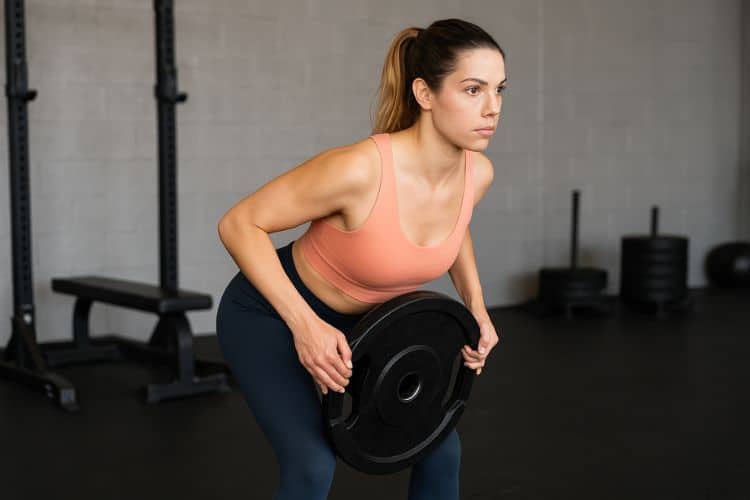
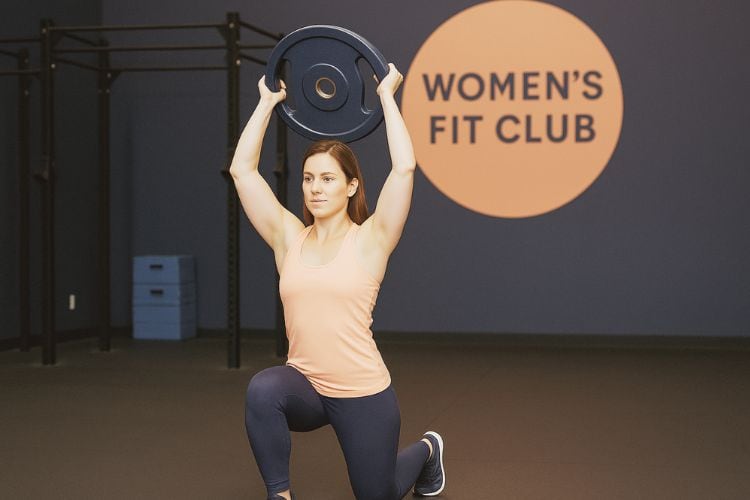
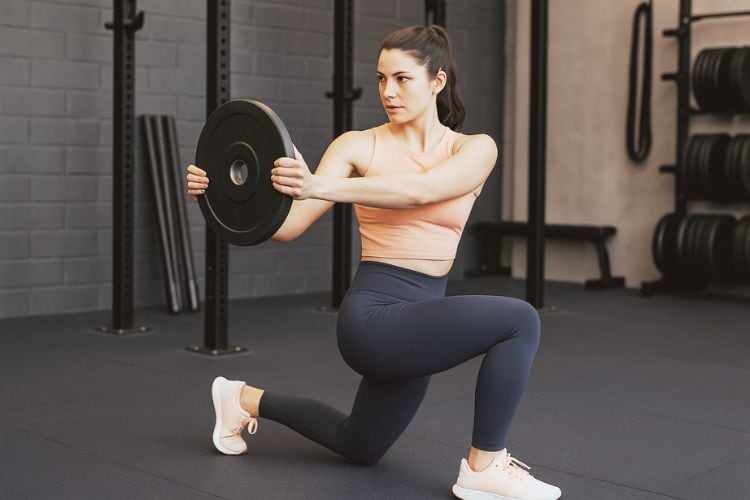
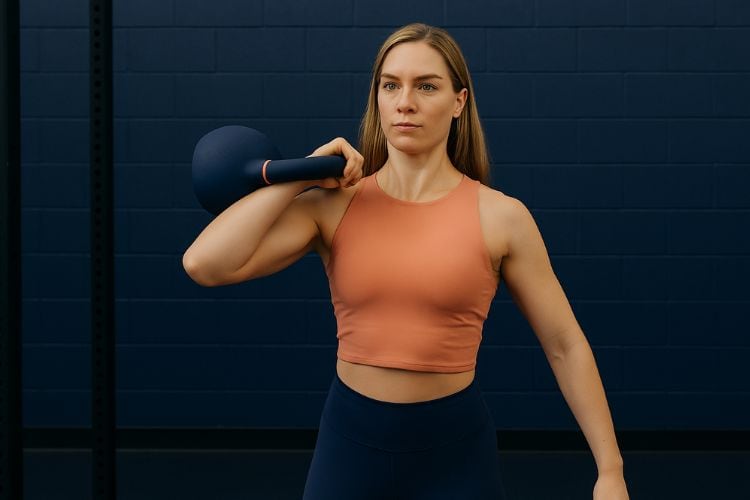
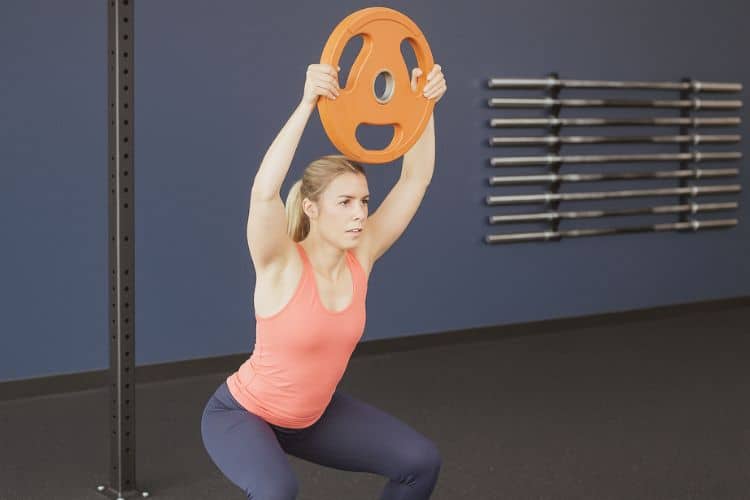
If you’re pressed for time but still want a powerful, calorie-torching, strength-building session, this 20-minute full body HIIT workout with weight plates is your ideal solution. By combining high-intensity interval training (HIIT) with resistance using weight plates, you’ll maximize fat burn, boost metabolism, and build lean muscle. In this post, I’ll walk you through benefits, structure, sample routines, tips for form and safety, modifications, and how to integrate this workout into your weekly plan.
HIIT is generally known for bodyweight or cardio movements, but adding resistance increases the metabolic demand. This hybrid style is often referred to as metabolic resistance training — combining strength and cardio simultaneously.
When you use weights during HIIT:
Research shows that HIIT itself can lead to fat loss, reductions in body fat percentage, and modest increases in fat-free mass when sustained over weeks.
That said, combining HIIT and weights must be done thoughtfully to avoid injury and overtraining.
Studies and fitness authorities consistently affirm that even short HIIT sessions (20–30 minutes) deliver benefits comparable to longer moderate workouts when intensity is high enough. The Body Coach
To organize a safe, effective session, follow a structured format:
Always begin with a dynamic warm-up to get blood flowing and muscles primed. Examples:
You’ll perform 6 exercises per round (or 5–7 depending on fitness level). Use the following rhythm:
Therefore, each round is 4 minutes. Four rounds = 16 minutes including rest transitions — but you can tighten rest or combine rounds to fit 12 minutes active time, allowing for warm-up and cooldown to complete the 20 minutes.
Alternatively: 45 seconds work + 15 seconds rest is common as well.
Finish with light stretching, deep breathing, and mobility work to aid recovery and flexibility.
Below is a sample workout you can try. Use one or two weight plates (5–25 lb, depending on your strength level). Keep form strict and choose a weight that challenges you without compromising movement quality.
| Exercise | Targeted Muscles | Notes / Cues |
|---|---|---|
| Goblet squat with plate press | Quads, glutes, shoulders, core | Hold plate close to chest. On the way up, press the plate overhead (or push it forward). |
| Reverse lunge → overhead plate twist | Glutes, hamstrings, obliques | Lunge back, then rotate torso with plate toward front leg. Alternate legs. |
| Plate push-up rows | Chest, back, triceps, core | Place plate under one hand, push-up, then row plate upward. Alternate arms. |
| Plank plate slide / drag (side to side) | Core, shoulders | In plank, drag plate side to side under body with alternate hand. |
| Russian twists with plate | Obliques, abs | Sit, lean back slightly, keep core tight and twist plate left ↔ right. |
| Plate thrusters | Full body (legs, shoulders, triceps) | Squat down, then explosively drive upward pressing plate overhead. |
How to do it:
If you’re more experienced, reduce rest to 15s or increase work to 45s : 15s.
Repeat twice (2 rounds). If short on time, you could do just 3 rounds or drop one exercise.
Start conservatively. The last few reps of each interval should feel challenging but not at the cost of form. As you improve, gradually increase the load.
Quality over quantity. As fatigue sets in, resist the urge to rush through reps. Maintain control, full range of motion, and core stability.
HIIT means pushing toward 80–95% of your max. If you notice your heart rate dropping too low, pick it up. But if it’s spiking dangerously or you feel lightheaded, scale down. Always listen to your body.
Don’t do this intense combo every day. 2–4 sessions per week is sustainable for most people. Incorporate rest days or lighter training (yoga, mobility, walking).
Don’t skip these. They reduce injury risk, prime muscles, and aid recovery.
If you don’t have weight plates, you can use dumbbells, kettlebells, sandbags, or weighted vests — the principles remain the same.
HIIT is well known to deliver health and fitness benefits in shorter time spans.
When resistance is added, it becomes a hybrid model that drives both cardio adaptation and strength endurance. Fitbod’s blog notes that combining weights with HIIT “is one of the most effective ways to maximize fat burn and improve heart health.” Fitbod
Because you’re pushing at near-max intensity, your metabolic rate stays elevated post-workout. This “afterburn” effect (EPOC) helps burn more calories beyond the session.
Meta-analyses show that HIIT (regardless of modality) results in reductions in fat mass and body fat percentage over a training period. PMC
HIIT also supports lean mass retention, especially when resistance elements are present.
HIIT improves VO₂ max, insulin sensitivity, resting heart rate, and blood pressure. PMC
Harvard research suggests interval training “delivers results — sometimes even better results — in less time than traditional workouts.”
Many people find HIIT more enjoyable, engaging, and sustainable than long steady-state cardio. The time efficiency helps adherence over the long term.
Here is a sample way to integrate this 20-minute HIIT + plate workout into a weekly routine:
| Day | Training Focus |
|---|---|
| Monday | 20-min HIIT with Weight Plates + 10 min mobility |
| Tuesday | Low-impact cardio (walking, cycling) or active recovery |
| Wednesday | Strength training (e.g. focused upper/lower split) |
| Thursday | 20-min HIIT with Weight Plates |
| Friday | Yoga, stretching, or mobility work |
| Saturday | Strength training or mixed full body workout |
| Sunday | Rest or gentle movement |
You can adjust according to your goals. If you do HIIT 3 times per week, spacing them out (e.g. Mon, Thu, Sat) gives you recovery.
No matter how great the workout is, without fueling appropriately and getting enough sleep, your progress will stall. Aim for a balanced protein + carb + fat intake, hydrate well, and get 7–9 hours of sleep.
Log plate weights, reps, and how you feel. Gradually try to increase intensity or weight as you adapt.
HIIT is demanding. If you feel joint pain, extreme fatigue, or overtraining signs, ease up, deload, or switch to lower intensity sessions.
Don’t push a heavier plate if your form is suffering. Consistent, controlled reps are better than sloppy ones.
Every 4–6 weeks, swap in new plate HIIT movements or adjust interval schemes to prevent plateaus and overuse injuries.
A 20-minute full body HIIT workout with weight plates is one of the most time-efficient, high-impact training methods available. By combining high-intensity intervals with resistance, you can burn fat, build strength endurance, and support your cardiovascular health — all in a fraction of the time many traditional workouts require.
Use the structure and sample routine above as a starting point. Prioritize quality of movement, incremental progression, rest, nutrition, and listen to your body. Within weeks, you should start noticing improvements in endurance, muscle tone, and energy.
At Women’s Fit Club, we believe in empowering every woman to build strength, confidence, and vitality through efficient, smart workouts. If you love our 20-minute full body HIIT with weight plates, you’ll also enjoy exploring our Best Strength Training Program for Women guide, which outlines how to combine resistance training and cardio across a weekly routine. To deepen your core work (essential for stability during plate thrusters), check out our Best Core Exercises for Women article. For lower-body strength to support those explosive moves, our Best Lower Body Exercises post has detailed variations. If you prefer more functional, movement-based sessions, take a look at The Best 30-Minute Functional Workout Plan for Women. And for those days when you want a fast, all-in cardio blast, our Full Body Tabata Workouts for Total Fitness page offers great HIIT alternatives. These resources keep you motivated, educated, and progressing — all within the Women’s Fit Club community.
Stay up to date on the latest women’s health, fitness and lifestyle trends and tips.